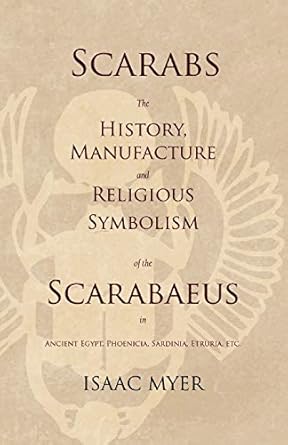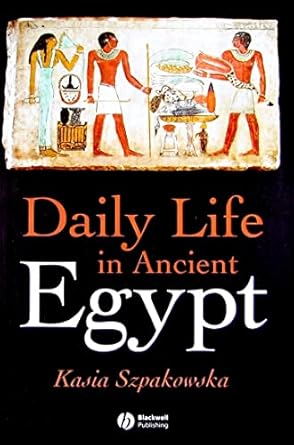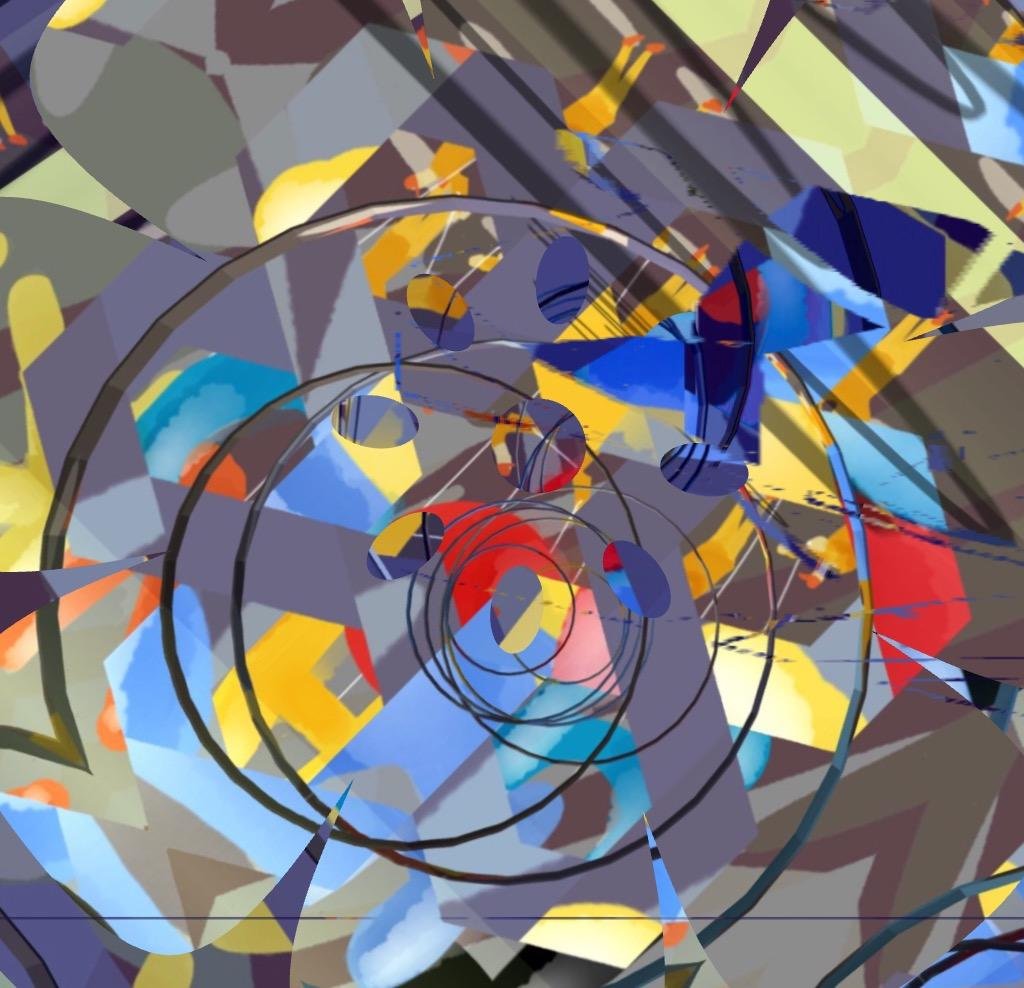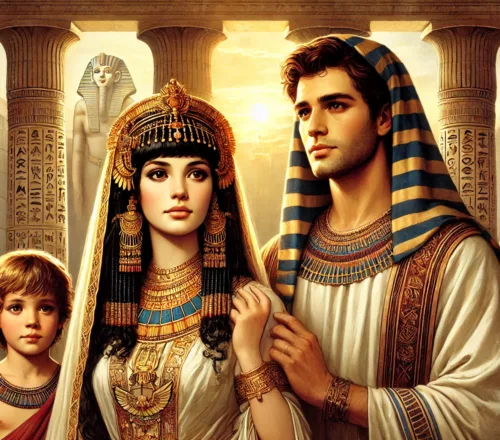
Table of Contents
The Mirror of Hathor
The Mirror of Hathor – Symbol of Beauty, Love, and Fertility in Ancient Egypt
In ancient Egyptian culture, the goddess Hathor was associated with beauty, love, and fertility. She was often depicted holding a mirror, which was believed to have magical powers that could enhance a person’s beauty and fertility. This mirror, known as the “mirror of Hathor,” was a highly prized object in ancient Egypt, and was used in ritual practices and daily life.
The historical significance of the mirror within the rituals of ancient Egyptians cannot be overstated. It was believed that by looking into the mirror, one could not only enhance their physical appearance but also gain insight into their inner selves. This practice was vital in a society that placed great importance on both spiritual and physical beauty.
Moreover, the mirror’s reflective qualities were often metaphorically linked to the concept of duality in Egyptian philosophy. The ability to see oneself in a mirror symbolizes the balance between the external and internal self, a theme prevalent in many ancient Egyptian texts and teachings.
In literature, the mirror is frequently referenced as a tool for self-discovery. Poets and philosophers have drawn parallels between gazing into a mirror and contemplating one’s life journey. The mirror invites introspection, prompting individuals to confront their desires, fears, and aspirations.
The Symbolism of the Mirror
The mirror of Hathor was not just a practical tool for grooming and self-reflection; it was also a powerful symbol of beauty, love, and fertility. The mirror was associated with the goddess herself, who was believed to have used it to enhance her own beauty and to help others do the same.
In addition to its association with Hathor, the mirror was also seen as a symbol of the sun, which was believed to be a source of light, life, and regeneration. Like the sun, the mirror was believed to have the power to illuminate and enhance the beauty of those who looked into it.
In daily practices, mirrors were not merely for personal grooming; they served a greater symbolic purpose. For instance, they were often included in bridal ceremonies, where the couple would gaze into a mirror together, signifying unity and shared beauty. This ritual was believed to strengthen the bond between partners, emphasizing the importance of mutual admiration and respect.
Furthermore, the influence of Hathor’s mirror can be seen in contemporary beauty products and rituals. The idea of beauty being enhanced by self-love and reflection is a prevalent theme in modern skincare and cosmetic advertising, echoing the principles established in ancient Egypt.
The Use of the Mirror
Today, the concept of the mirror extends beyond ancient practices. Modern aesthetics often reference the mirror of Hathor when discussing beauty standards and self-image. Art movements have embraced the symbolism of mirrors in their works, illustrating how the reflection can convey deeper meanings about society’s perception of beauty.
Another interesting aspect is the evolution of mirrors themselves. From polished stone and metal in ancient times to the glass mirrors we use today, the technological advancements have changed how we interact with our reflections. This evolution underscores the continuous human fascination with beauty and self-perception, which can be traced back to the mirror of Hathor.
The mirror of Hathor was used in various ways in ancient Egyptian culture. In addition to its practical use for grooming and self-reflection, the mirror was also used in ritual practices and daily life.
Lastly, the mirror serves as a metaphorical reminder that beauty is not solely about physical appearance; it encompasses confidence, self-acceptance, and inner peace. The teachings of Hathor encourage individuals to embrace their uniqueness and recognize the beauty that exists within them.
For example, mirrors were sometimes placed in tombs and burial sites as a way for the deceased to continue to groom themselves in the afterlife. Mirrors were also used in funerary rituals to reflect the soul of the deceased, as well as in religious ceremonies to reflect the light and power of the sun.
The Legacy of the Mirror of Hathor
The mirror of Hathor has left a lasting legacy in ancient Egyptian culture and beyond. Today, the mirror is still seen as a symbol of beauty, self-reflection, and self-improvement.
In addition, the mirror of Hathor has inspired many works of art and literature throughout history. From ancient Egyptian hieroglyphics to contemporary poetry and prose, the mirror of Hathor has been a powerful symbol of beauty, love, and fertility that continues to resonate with people today.
Shop tips on Amazon
Thank you for reading, shares and comments!
✨ Comment Policy ✨
We welcome thoughtful, kind, and constructive comments that contribute to meaningful conversations.
Please note:
- Promotional links and unsolicited offers will be removed.
- Spam, irrelevant content, or self-promotion without prior permission will not be published.
- We value quality engagement over quantity — thank you for helping us keep this a respectful and inspiring space!
Sources openai Language models, aitrot, picsart and mib
Take time to learn
Invest in your future
Embark on a journey into the realm of affiliate marketing and craft your own website within a vibrant, supportive community. Join me in this adventure, where you can begin as a free starter and stay as long as you desire. Enjoy complimentary hosting and foundational teachings to set you on your path. For those with advanced skills, opportunities to elevate your expertise await. Take a moment to explore and witness the magic for yourself!








